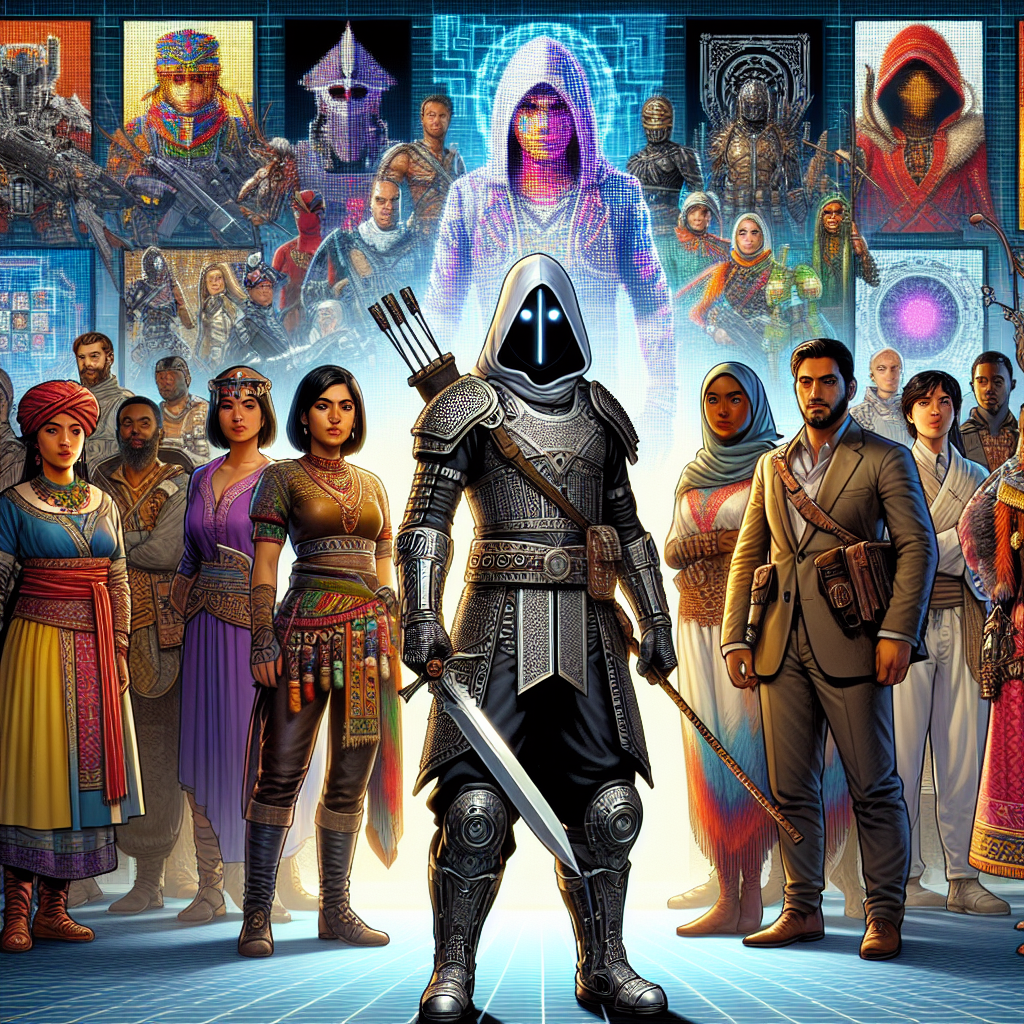Game-Changing Cosplays: How Video Games Influence Modern Costume Design
In recent years, the art of cosplay has evolved beautifully, moving from niche gatherings to a globally celebrated phenomenon that attracts millions. At the heart of this revolution lies the influence of video games, which have not only shaped popular culture but have also become a rich source of inspiration for costume design. As gaming technology advances, so too do the complexity and creativity of character designs, pushing cosplayers to elevate their craft to new heights. This article explores the profound impact video games have had on modern costume design, showcasing how digital artistry translates into the vibrant world of cosplay.
The Digital Canvas: From Pixels to Reality
Video games have a unique ability to articulate character stories through intricate designs, vibrant colors, and distinctive characteristics. With the rise of high-definition graphics, characters have become increasingly detailed, requiring cosplayers to pay close attention to textures, materials, and the subtleties of design. Titles like "Final Fantasy," "The Legend of Zelda," and "Overwatch" present characters whose aesthetics boast a mix of fantasy and realism, inspiring cosplayers to experiment with diverse fabrics and techniques.
Advanced Technologies
The integration of technologies such as 3D printing has changed the fabrication process, allowing cosplayers to create intricate parts that would have been practically impossible to construct by hand. Armor pieces, weapon replicas, and other complex designs can now be realized more easily thanks to digital modeling. Cosplay is no longer just about sewing; it incorporates sculpting, electronics, and digital manufacturing, bridging the gap between the virtual and physical worlds.
Character Diversity and Inclusion
Video games have a remarkable ability to showcase diverse characters, offering varied skin tones, body types, and gender presentations. With series like "The Last of Us Part II" introducing multifaceted identities and relationships, cosplayers have embraced this inclusivity, encouraging more individuals to step forward and embody characters they resonate with, irrespective of traditional boundaries. This diversification has influenced costume design by challenging the status quo and promoting representation, empowering cosplayers to express themselves through a more personalized lens.
Cultural Influences and Adaptations
The incorporation of various cultures within video game narratives and aesthetics has also had a significant impact on cosplay. Games like "Ghost of Tsushima" and "Sekiro: Shadows Die Twice" explore rich historical and cultural contexts, inspiring cosplayers to delve into traditional materials and techniques. The costumes drawn from these games often resonate with authenticity, which inspires cosplayers to respect and honor the source material while adding their unique twist.
Community-Centered Design
The videogame community thrives on shared experiences, and this is reflected in how cosplays are designed and crafted. Online forums, video tutorials, and social media platforms like Instagram and TikTok have made it easier for cosplayers to share their techniques, ideas, and designs. The accessibility of information has led to collaborative projects where cosplayers from different regions come together to design and execute costume pieces that blend various influences. This kinship has not only pushed the boundaries of creativity but has also fostered a sense of belonging and community.
The Rise of Gaming-Conventions
Events like Comic-Con, PAX, and local gaming conventions have become essential venues for cosplayers to showcase their work. These gatherings elevate video game-inspired costumes into the limelight, highlighting their craftsmanship and artistry. Video game protagonists and antagonists often take center stage at these events, creating a palpable buzz that reverberates through the community. Moreover, competitions and showcases provide a platform for recognizing talented designers, further inspiring the next generation of cosplayers.
Conclusion
As video games continue to evolve, so too will the art of cosplay. The synergy between gaming and costume design not only enhances the experience of fandom but also enriches the broader cultural landscape. The intricate designs, diverse representation, and community spirit found in modern cosplays exemplify how video games serve as potent sources of inspiration and innovation. As cosplayers continue to break new ground, they remind us that the line between the digital and physical realms is not merely blurred; it is a dynamic canvas where imagination knows no bounds.




